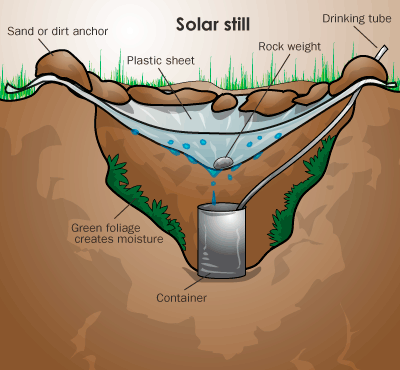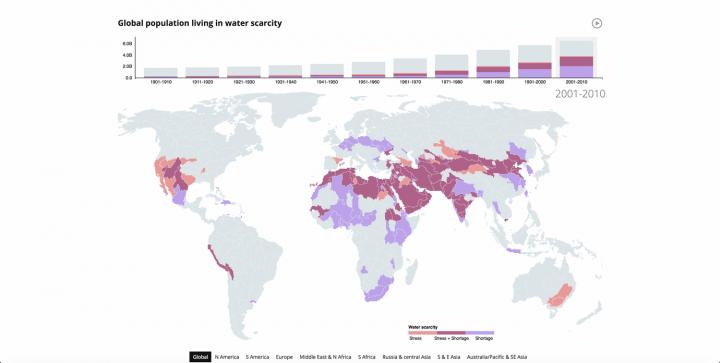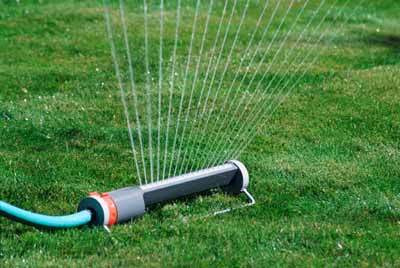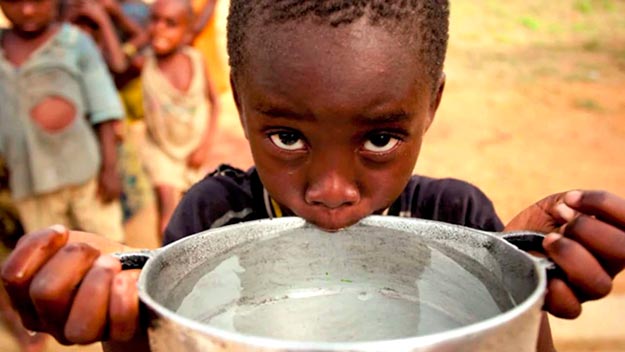In addition to producing oil and gas, the energy industry produces a lot of water, about 10 barrels of water per barrel of oil on average. New research led by The University of Texas at Austin has found that where the produced water is stored underground influences the risk of induced earthquakes.
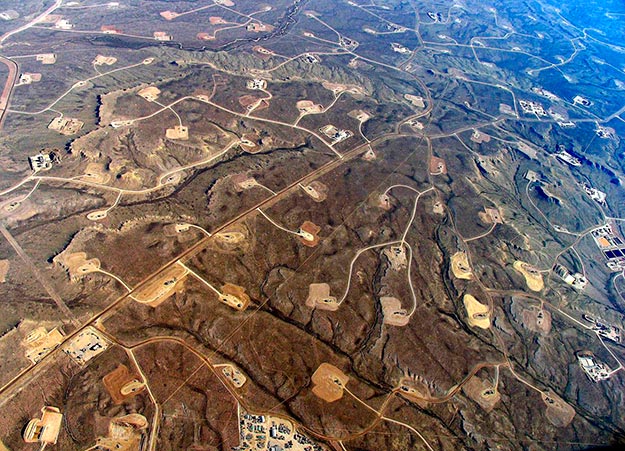
This is an aerial view of hydraulic fracturing operations across the jonah field, a large natural gas field in Wyoming
Beyond supporting the link between water disposal and induced seismicity, the research also describes factors that can help reduce earthquake risk.
“If we want to manage seismicity, we really need to understand the controls,” said lead author Bridget Scanlon, a senior research scientist at UT’s Bureau of Economic Geology.
The research was published Oct. 31 in the journal Seismological Research Letters. Co-authors include Matthew Weingarten, assistant professor at San Diego State University; Kyle Murray, adjunct professor at the University of Oklahoma; and Robert Reedy, research scientist associate at the Bureau of Economic Geology. The bureau is a research unit at the UT Jackson School of Geosciences. Read more

